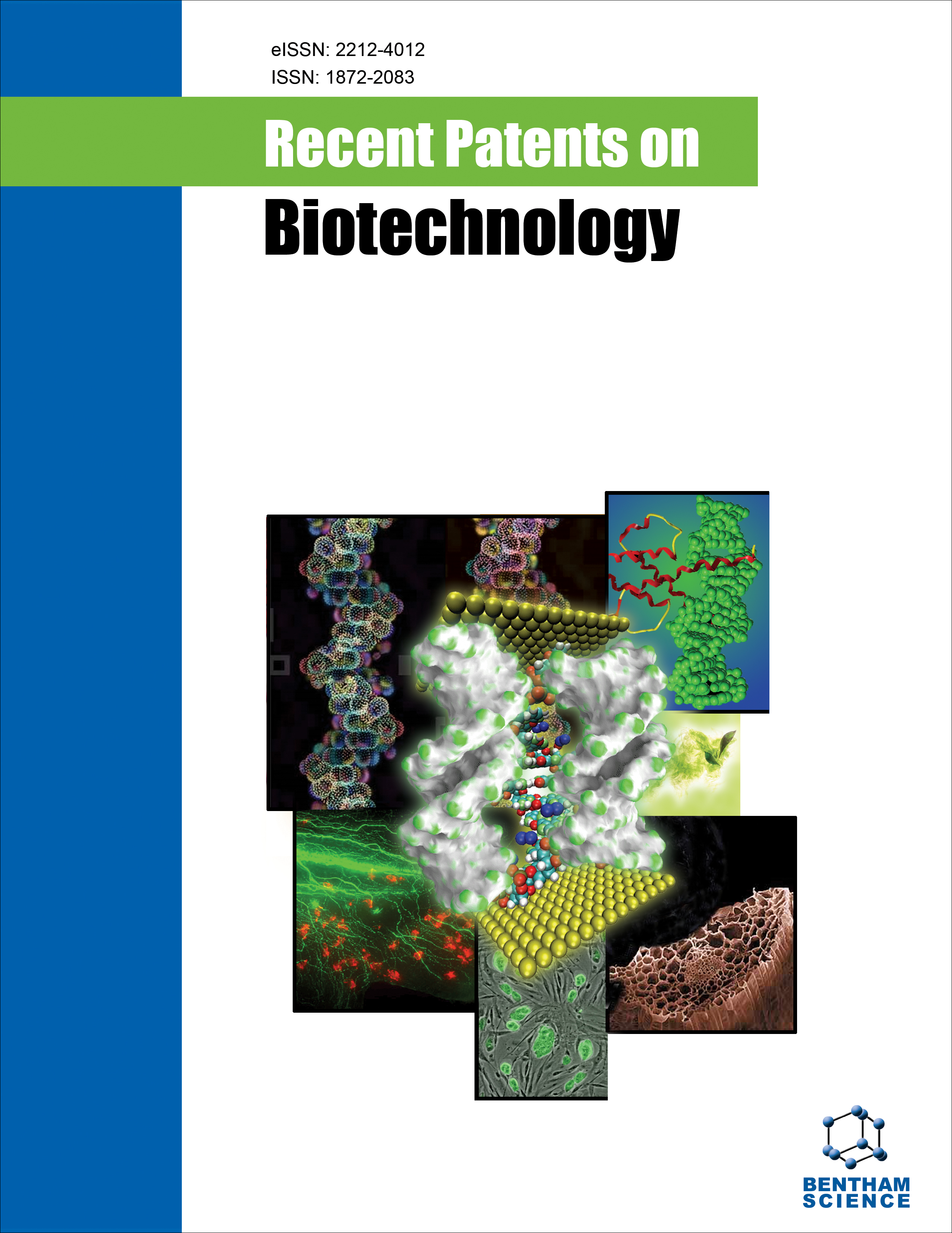
Full text loading...
We use cookies to track usage and preferences.I Understand
The utilization of medicinal plants in the treatment of respiratory diseases has a rich history dating back centuries. A vast body of research literature, including review articles, research papers, case studies, patents, and books, provides substantial evidence supporting the use of medicinal plants in the treatment of diseases and injuries. This study delves into the diverse range of plant species known for their therapeutic properties, with a specific focus on their applications in respiratory health. Medicinal plants have played a crucial role as a source of ingredients for medications and the synthesis of drugs. Globally, over 35,000 plant species are employed for medicinal purposes, particularly in emerging countries where traditional medicine, predominantly plant-based pharmaceuticals, serves as a primary healthcare resource. This review highlights the significance of medicinal plants, such as aloe, ginger, turmeric, tulsi, and neem, in treating a wide array of common respiratory ailments. These plants contain bioactive compounds, including tannins, alkaloids, sugars, terpenoids, steroids, and flavonoids, which have diverse therapeutic applications. Some medicinal plants, notably Echinacea purpurea and Zingiber officinale, exhibit potential for adjuvant symptomatic therapy in respiratory conditions, such as chronic obstructive pulmonary disease (COPD), bronchitis, asthma, the common cold, cough, and whooping cough. The leaves of medicinal plants like Acacia torta, Ocimum sanctum, Mentha haplocalyx, Lactuca virosa, Convolvulus pluricaulis, and Acalypha indica are commonly used to address pneumonia, bronchitis, asthma, colds, and cough. This review aims to shed light on specific medicinal plants with therapeutic value, providing valuable insights for researchers in the field of herbal medicine. These plants hold the potential to serve as novel therapeutic agents in the treatment of respiratory diseases.

Article metrics loading...

Full text loading...
References


Data & Media loading...

